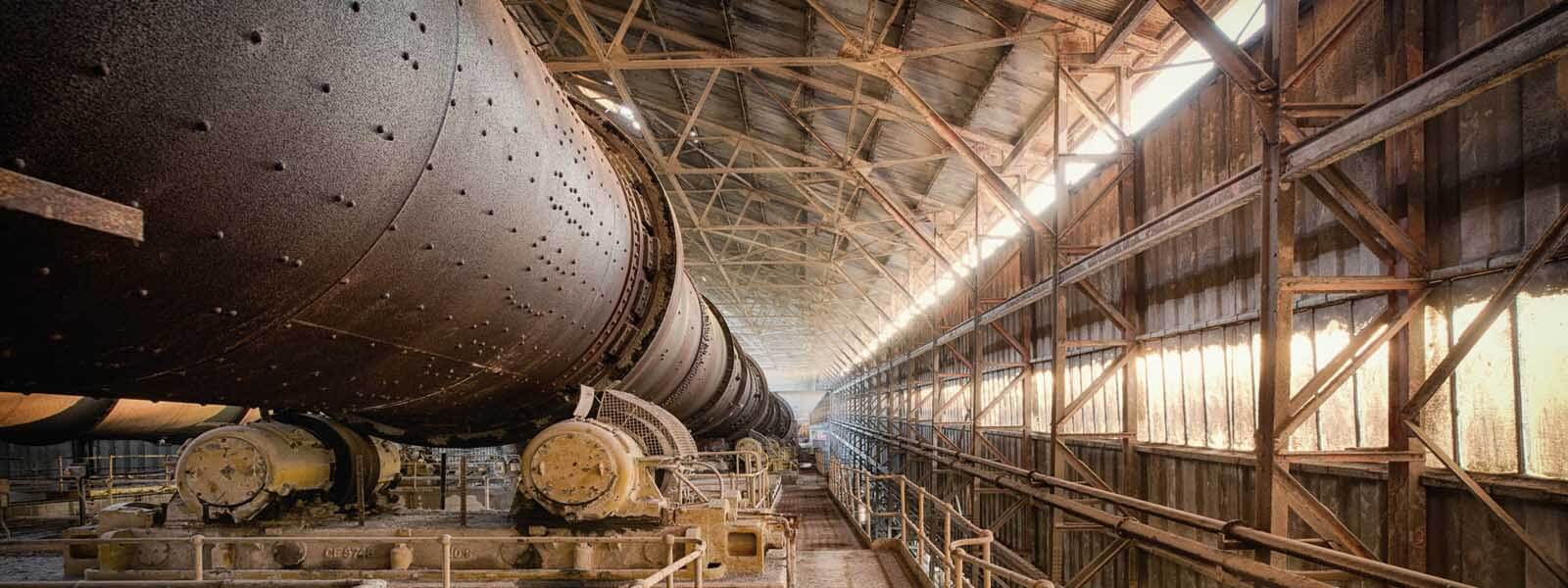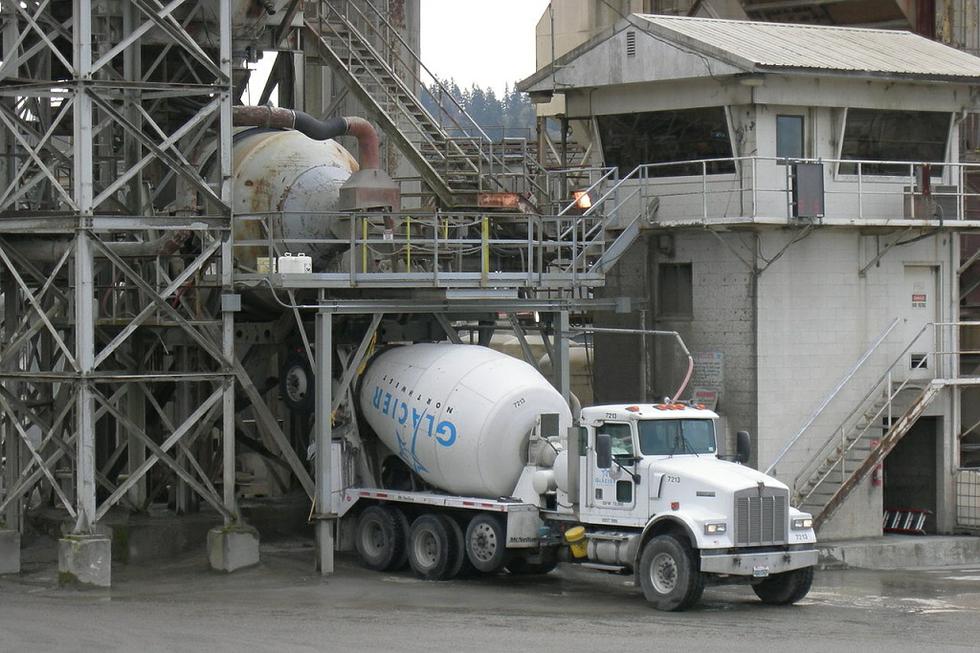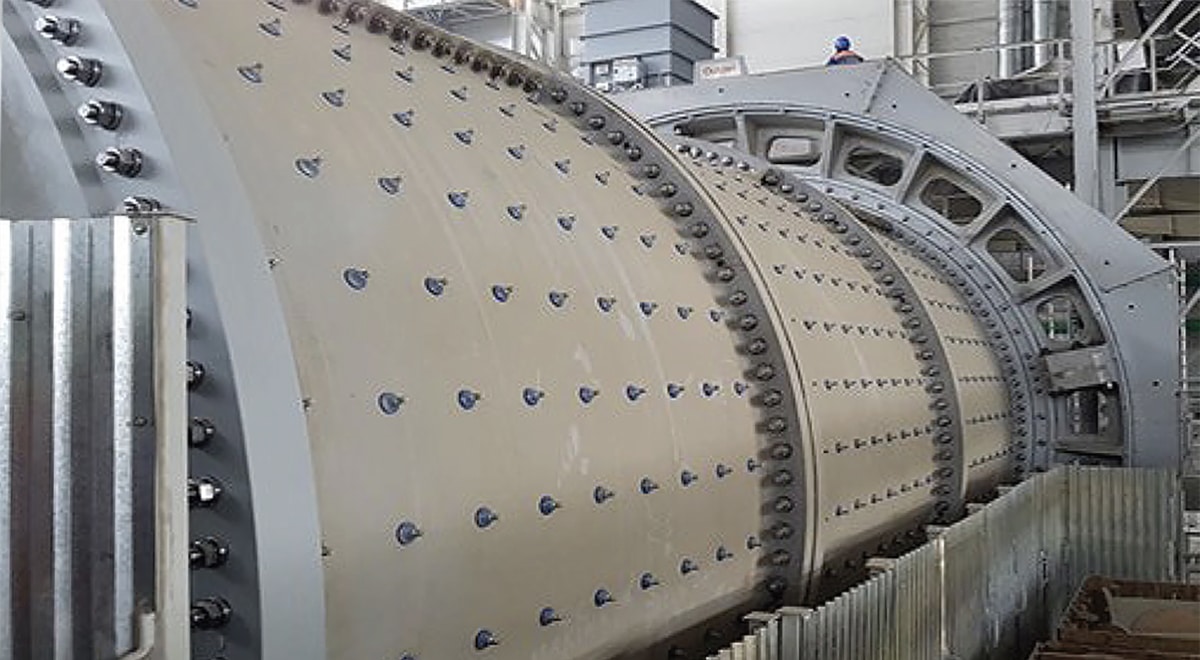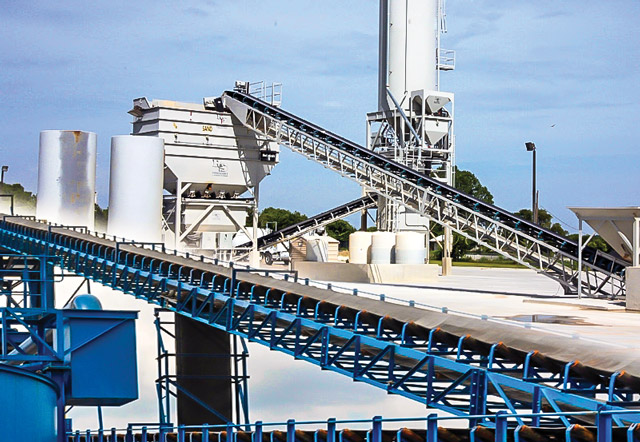Cement Kiln Gears
The cement industry relies on various mechanical equipment to produce cement efficiently, and gears play a vital role in the operation of cement kilns. Gears are used in all parts of the cement kiln to facilitate the movement and rotation of the components and ensure smooth and continuous operation of the kiln.
One of the key areas where gears are used in cement kilns is in the rotation of the kiln itself. A kiln is a large cylindrical furnace that heats raw materials to high temperatures to produce cement clinker. Helical gears, spur gears and cylindrical gears are usually used to drive the rotation of the kiln. These gears are critical for transmitting the power of the motor to the kiln, allowing it to spin at the precise speed required for the cement production process.
In addition to the rotation of the kiln, gears are used in other critical components within the kiln system. For example, helical gears are often used on kiln support rollers, which help maintain stability and alignment as the kiln rotates. Spur gears can be used in the auxiliary drive system of the kiln to provide the necessary torque and speed control for various auxiliary equipment.
The use of gears in cement kilns is essential to ensure the reliability and efficiency of the production process. These gears are designed to withstand the high temperatures, heavy loads and continuous operations associated with cement manufacturing. Proper lubrication and maintenance of gears is critical to preventing wear and ensuring smooth operation, ultimately contributing to the overall productivity and longevity of your kiln.
To sum up, gears are an indispensable component in the operation of cement kilns, playing a vital role in promoting the rotation of the kiln body and supporting various auxiliary systems. The use of helical, spur and cylindrical gears in the cement industry highlights the importance of precision engineering and reliable mechanical components in cement production.
Cement Mixer Gears
Cement mixers are essential equipment for the construction and cement industries. They are used to mix cement, water and aggregate to make concrete, which is then used in a variety of construction projects. Gears play a vital role in the operation of cement mixers as they help mix materials smoothly and efficiently. There are different types of gears used in cement mixers, each with a specific purpose.
1. Spur gear: Spur gear is the most common type of gear in cement mixers. They have straight teeth and are mounted on parallel shafts. These gears are used to transmit power from the motor to the drum of the mixer. They are highly efficient and suitable for applications where noise is not a concern.
2. Helical gears: Helical gears are also used in cement mixers, especially heavy-duty mixers. These gears have helical teeth, which provide smoother and quieter operation than spur gears. They are ideal for applications where noise reduction is important and have a higher load carrying capacity.
3. Bevel gears: Bevel gears are used in cement mixers to change the direction of power transmission. They are often used in mixer gearboxes to transmit power from the motor to the drum at right angles. Bevel gears efficiently transmit power between shafts that intersect at 90 degrees.
The use of these gears in cement mixers is critical to the efficient and reliable operation of the equipment. Spur gears are responsible for the main power transmission, helical gears ensure smooth and quiet operation, and bevel gears help change the direction of power transmission.
In summary, the type of gears used in cement mixers play a vital role in the operation of these essential pieces of equipment in the cement industry. Each type of gear serves a specific purpose and helps to effectively mix cement, water and aggregate to produce high-quality concrete for construction projects. Understanding the purpose of these gears is critical to ensuring proper maintenance and operation of cement mixers in the industry.
Ball Milling Gears
Ball mills are essential equipment in the cement industry for grinding materials into fine powders. The process of ball milling involves the use of a ball mill, which is a cylindrical device equipped with steel balls that rotate around its axis, causing the balls to fall back into the cylinder and onto the material to be ground. Gears play a crucial role in the operation of ball mills, as they are responsible for transmitting the rotational motion from the motor to the ball mill cylinder.
In the cement industry, ball mills need gears primarily in the grinding process. The gears are required to control the rotational speed of the ball mill, ensuring that the grinding process is efficient and consistent. The rotation of the mill cylinder is driven by the gear assembly, which is connected to the motor. This allows for the controlled movement of the steel balls inside the cylinder, which in turn crushes and grinds the materials to the desired fineness.
Gears in ball mills are subjected to high levels of stress and wear due to the heavy loads and continuous operation. Therefore, it is crucial to use high-quality gears that are designed to withstand the demanding conditions of the cement industry. The gears must be precisely engineered to ensure smooth and reliable operation of the ball mill.
Additionally, proper lubrication of the gears is essential to reduce friction and wear, thereby extending the lifespan of the gears and ensuring the efficient functioning of the ball mill. Regular maintenance and inspection of the gears are also necessary to identify and address any potential issues that may arise, preventing costly downtime and ensuring the continuous operation of the ball mill.
In conclusion, ball mills in the cement industry require gears to control the rotational speed of the mill cylinder during the grinding process. Gears play a critical role in ensuring the efficiency and reliability of ball milling operations, making them an indispensable component in the production of cement. Proper selection, maintenance, and lubrication of gears are essential for the smooth functioning of ball mills in the cement industry.
Belt Conveyors Gears
In the cement industry, belt conveyors play a vital role in transporting raw materials, clinker and finished products during the production process. These belt conveyors are powered by gears, which are an important part of ensuring smooth and efficient operation of the conveyor system.
Gears are particularly important in belt conveyors in the cement industry due to the heavy-duty nature of the materials being conveyed. The high loading and abrasive nature of the material puts tremendous stress on the conveyor system, requiring strong and reliable gears to drive the conveyor belts.
One of the key areas where gears are needed for belt conveyors in the cement industry is the drive system. Gears are responsible for transmitting power from the motor to the conveyor belts that move the material along the production line. Choosing the right gear is critical to ensuring your conveyor can handle the required load and operate efficiently.
Additionally, gears are critical in controlling the speed and torque of the conveyor belt. Different stages of the cement production process may require different conveyor speeds, and gears play a vital role in providing the necessary speed control. Additionally, torque requirements may fluctuate depending on the load being transported, and gears must be able to handle these changes to prevent system failure.
Additionally, gears are critical to ensuring the overall reliability and longevity of belt conveyors in the cement industry. Properly designed and maintained gears can minimize downtime and maintenance costs, thereby increasing the overall efficiency of the production process.
In short, the role of gears in belt conveyors in the cement industry is indispensable. From driving conveyors to controlling speed and torque, gears are critical to the smooth and efficient operation of conveyor systems. Proper gear selection, installation and maintenance are critical to ensuring the reliability and longevity of belt conveyors in the harsh environments of the cement industry.








